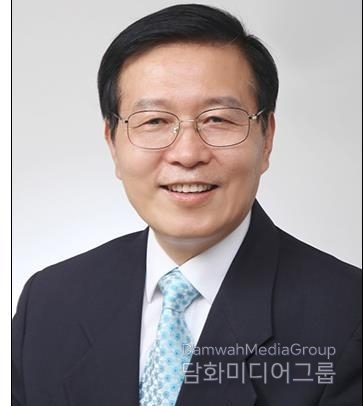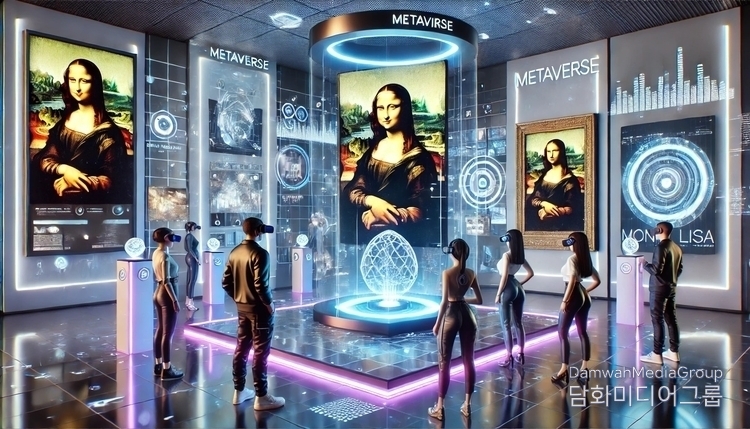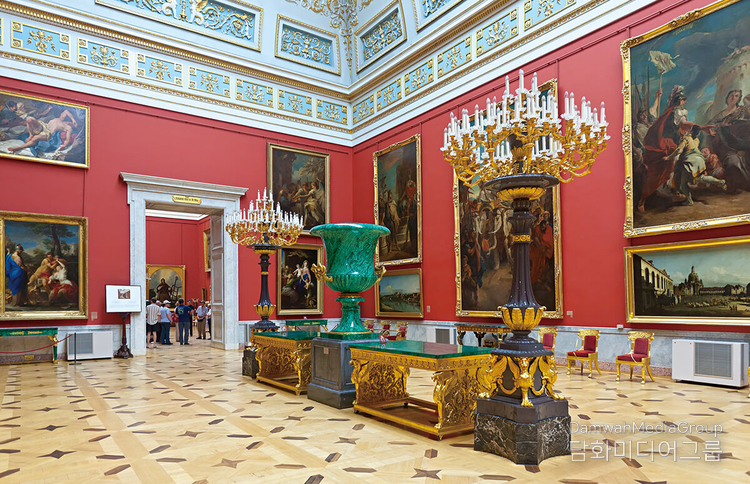By Diplomacy Journal Kayla Lee
The following article was contributed by Prof. Choi Keong-ju of Keimyung University in Korea to Diplomacy Journal for publication. –Ed.
The metaverse is a three-dimensional digital virtual world built based on 5G communication technology, and enables real-time immersive experiences and interactions for users through VR (virtual reality) and AR (augmented reality).
The metaverse is realized in various forms depending on the method of combining reality and virtual space. To simply categorize the types, there are augmented reality, life logging, mirror worlds, and virtual worlds.

In particular, the virtual world is created to reflect the real world, but avatars act in place in a time and space different from reality. As the metaverse develops, the real world and the virtual world become more closely connected. Art galleries (museums) can effectively apply the metaverse.
Unlike modern art museums that reflect contemporary art in real time, the preservation of materials and utilization of content based on research materials at museums (and modern art museums) can be realistically applied in virtual spaces. However, users' positive interest in the metaverse lies in its market value. Market makers argue that the metaverse provides a platform where creators, commentators, galleries, and collectors can solve problems and interact with each other in real time, in the context of art, entertainment, social media, and cryptocurrencies. In addition, while collectors have traditionally limited art that reflects their personal aesthetics and stores generational wealth to a select group, the metaverse can share it with all netizens.
Artists can access a larger marketplace, and collectors can still access their personal metaverse museums in cyberspace online. Artwork authentication can be guaranteed by a network technology security system that guarantees ownership and prices on a transparent blockchain protocol.

In addition, users of the metaverse can create digital goods such as NFTs, purchase land, and build stores and art galleries. NFTs (Non-fungible tokens) are virtual tokens that use blockchain technology to prove ownership of digital assets. They are used to indicate unique originality and ownership by including addresses pointing to digital files such as pictures and videos in the token.
In other words, they are a kind of virtual certificate of authenticity. This experience of building an art gallery transports users to another environment, provides agency, and makes it feel like an experience of actually visiting an unknown place. Users create a ‘new world’ based on new ‘social’ interactions through experiences in the digital world, just as they do in real life, with their avatars.
Many platforms create development tools to induce users to take on the role of developers and design a structure that provides opportunities and incentives for them to participate so that they can generate revenue through the products they create. And the platforms make their main revenue through the cost of subscribing to premium services to meet the conditions.

As mentioned above, marketing strategies through the consumer culture and psychology of virtual world users should be carried out in the direction of offline museums developing online museums, social media, etc. to expand their audience and creating effects.
The characteristic of the metaverse is that, just like in the real world, it is possible to create various contents or items and conduct economic activities using digital currency to trade them. This started with virtual currency and was connected to cryptocurrency, and can be actively expanded in museums. Western museums have faced significant financial difficulties due to a decrease in visitors and donations due to the continued spread of COVID-19. In addition, NFTs are newly appearing in museums in the United States. In 2021, 21 museums and cultural organizations collaborated with NFTs.
NFTs have become a hot topic in the American art ecosystem. This is not just limited to the digital art world, but has brought about a great transformation in the art ecosystem. In addition, the Uffizi in Florence, Italy, the Hermitage in St. Petersburg, the Belvedere in Vienna, and the British Museum in London have sold works in digital and non-representative forms.
The Uffizi Gallery in Florence collaborated with Italian company Sinello to recreate Michelangelo's painting as an NFT, raising a considerable amount of euros. PricewaterhouseCoopers (PwC) predicted that the global metaverse-related market will grow from 519 trillion won in 2019 to 1,700 trillion won in 2030. As the metaverse industry is emerging as a global giant, Korean companies are also tightening their shoelaces. As one of the industries with great future potential, information and communication technology (IT) is actively developing related services and solidarity between companies. As the metaverse industry is expected to grow rapidly in the future, it can expand to IT, entertainment, automobiles, and healthcare, centered on platform companies.
As the development of the metaverse expands beyond the B2C sector to the entire economy, including B2B and B2G, diversified efforts are needed to create new values for expanding the base in the art field and other art fields, as well as to create a new ecosystem that meets the needs of art industry professionals and general art enthusiasts. As a result, much effort is needed to generalize the metaverse platform in new job creation and industries in the era of the 4th Industrial Revolution.
